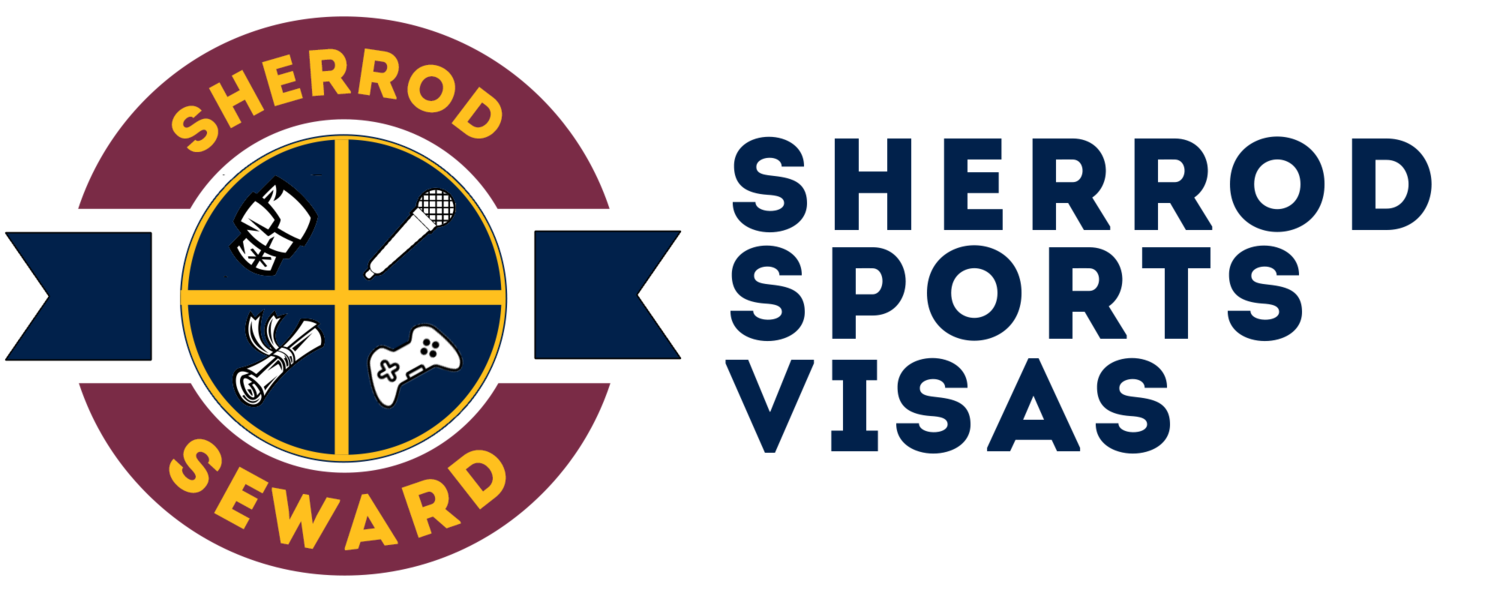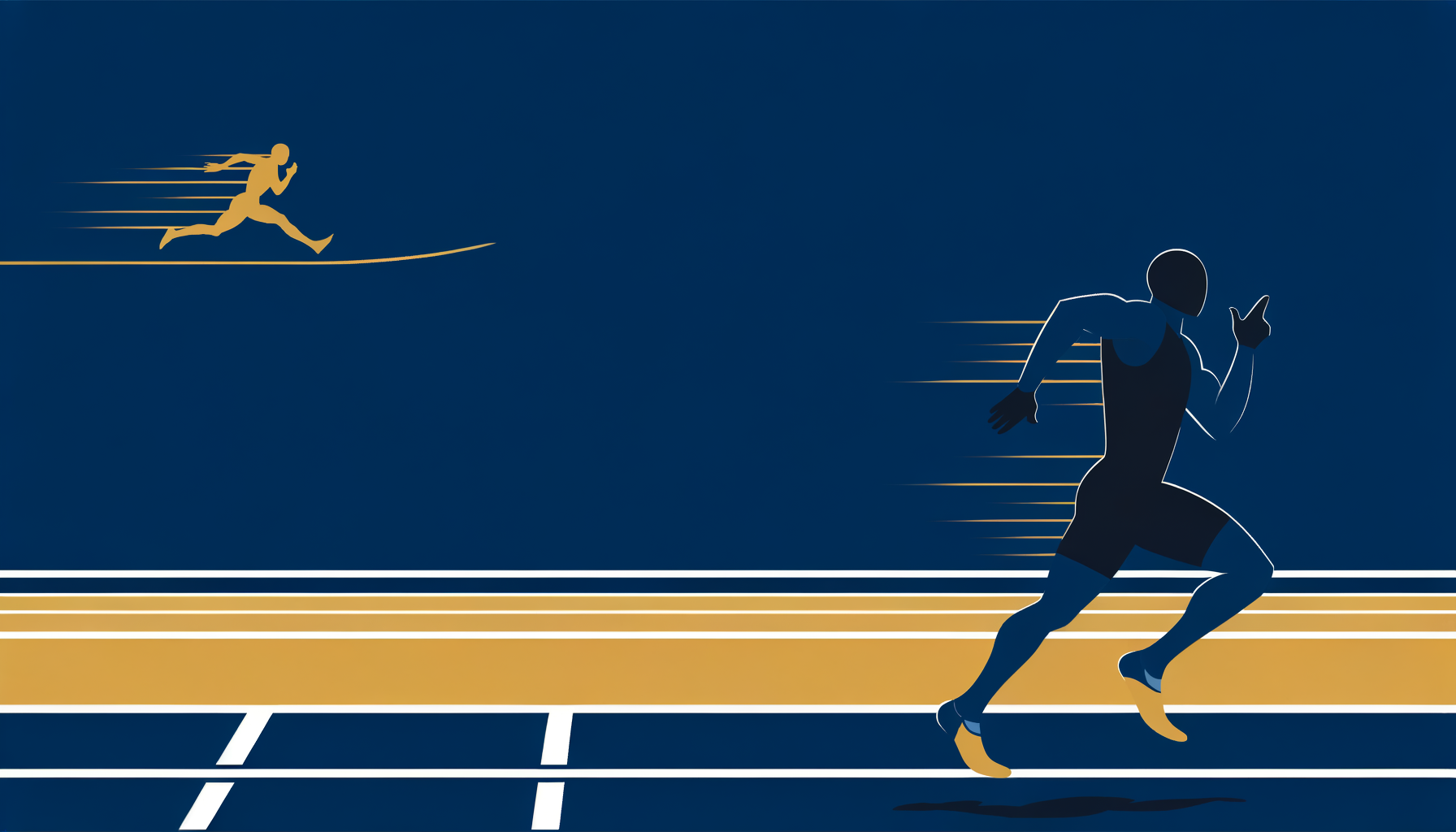Track Star's P-1A Visa Success: Siddhanth Thingalaya Story
For internationally recognized track and field athletes, securing the right U.S. visa can make the difference between competing at the highest levels and watching from the sidelines. Siddhanth Thingalaya's successful P-1A visa approval with [Sherrod Sports Visas](/contact) demonstrates exactly how specialized legal expertise transforms athletic dreams into American reality.
The Challenge: Navigating Complex P-1A Requirements for Track Athletes
Siddhanth Thingalaya faced a common yet complex challenge that confronts many international track and field athletes. Despite his competitive achievements, the path to U.S. competition required more than athletic talent—it demanded precise navigation of P-1A visa requirements that specifically address individual athletes in internationally recognized sports.
Track and field presents unique documentation challenges for P-1A applications. Unlike team sports where league recognition provides clear evidence, individual track athletes must demonstrate international recognition through:
Competition results at internationally recognized events
Rankings in established athletic databases
Media coverage documenting athletic achievements
Expert testimony from coaches and athletic officials
Evidence of significant prizes or awards
The Documentation Dilemma
The complexity of Siddhanth's case centered on translating his track and field achievements into the specific evidentiary framework required by U.S. Citizenship and Immigration Services (USCIS). Track and field athletes often compete in multiple events across various international competitions, creating a documentation challenge that requires strategic organization and presentation.
Attorney Sherrod Seward recognized that success would depend on crafting a comprehensive narrative that connected Siddhanth's athletic achievements to the P-1A visa's "internationally recognized" standard.
The Strategic Solution: Comprehensive Case Development
Phase 1: Athletic Achievement Analysis
The legal team began by conducting a thorough analysis of Siddhanth Thingalaya's competitive history. This involved:
Competition Mapping: Documenting participation in internationally recognized track and field events, including World Athletics sanctioned competitions, national championships, and international invitational meets.
Performance Documentation: Compiling official results, timing records, and placement documentation from verified athletic databases and competition organizers.
Media Coverage Collection: Gathering sports journalism coverage, official press releases, and digital media documentation of Siddhanth's athletic achievements.
Phase 2: Expert Testimony Development
Recognizing that track and field success often requires validation from respected figures in the athletic community, the team secured expert testimony from:
International track and field coaches familiar with Siddhanth's competitive level
Athletic officials from governing bodies
Sports journalists covering international track and field
Former Olympic-level athletes who could speak to competitive standards
Phase 3: Petitioner Strategy
A crucial element of Siddhanth's case involved identifying the appropriate petitioning organization. For track and field athletes, this often involves:
Athletic clubs or training organizations
Meet directors and competition organizers
Sports management companies
Athletic federations or governing bodies
The strategic selection of the petitioner ensures that the organization can demonstrate legitimate need for the athlete's services and meets USCIS requirements for sponsoring P-1A beneficiaries.
Overcoming Common P-1A Obstacles for Track Athletes
Challenge 1: Demonstrating International Recognition
Track and field athletes must prove they compete at an internationally recognized level. For Siddhanth, this required:
World Athletics Rankings: Documentation showing rankings in official World Athletics databases, demonstrating competition against international-level athletes.
International Competition Participation: Evidence of competition in events sanctioned by recognized international athletic federations.
Peer Recognition: Testimony from other internationally recognized athletes, coaches, and officials confirming Siddhanth's status in the sport.
Challenge 2: Event-Specific Documentation
Different track and field events require different types of evidence. Sprint athletes need timing documentation, while field event athletes require distance or height measurements. The legal team ensured comprehensive documentation across all of Siddhanth's competitive events.
Challenge 3: Seasonal Competition Considerations
Track and field follows seasonal competition patterns that can affect visa timing. The team coordinated application timing to align with Siddhanth's competition schedule and training requirements.
The Legal Framework: P-1A Requirements for Individual Athletes
Primary Evidence Requirements
For individual athletes like Siddhanth Thingalaya, P-1A approval requires demonstration of international recognition through:
Significant International Recognition: Evidence that the athlete has achieved significant recognition in their sport internationally
High Level of Achievement: Documentation proving performance at a level substantially above that ordinarily encountered
Coming to Compete: Clear evidence of coming to the United States to participate in specific athletic competitions or events
Supporting Documentation Strategy
Attorney Sherrod Seward's approach for Siddhanth included:
Athletic Achievement Portfolio: Comprehensive compilation of competition results, rankings, and performance statistics demonstrating elite-level achievement.
Media Documentation: Professional sports journalism coverage, official press releases, and verified social media coverage documenting athletic recognition.
Expert Validation: Detailed letters from recognized figures in international track and field attesting to Siddhanth's competitive level and international recognition.
Competition Itinerary: Specific documentation of planned U.S. competitions, including meet information, competition dates, and event details.
The Approval: Strategic Success in Action
Siddhanth Thingalaya's P-1A visa approval demonstrated the effectiveness of comprehensive case preparation combined with specialized legal expertise. The success factors included:
Comprehensive Documentation
The legal team's thorough approach ensured that every aspect of Siddhanth's athletic career supported the P-1A requirements. This included both primary evidence of international recognition and supporting documentation that reinforced his elite status.
Strategic Presentation
Rather than simply submitting documents, the team crafted a narrative that clearly connected Siddhanth's achievements to the specific legal standards required for P-1A approval.
Expert Legal Guidance
Navigating the complexities of sports immigration law requires specialized knowledge that goes beyond general immigration practice. The team's experience with track and field athletes provided crucial insights into effective case presentation.
Implications for Other Track and Field Athletes
Siddhanth's successful case provides valuable insights for other international track and field athletes seeking U.S. competition opportunities:
Early Planning Importance
Successful P-1A applications require substantial preparation time. Athletes should begin the process well in advance of planned competition dates to ensure adequate documentation development.
Documentation Standards
The case demonstrates the importance of maintaining comprehensive records of athletic achievements, including official results, media coverage, and expert recognition.
Professional Legal Representation
The complexity of P-1A requirements for individual athletes makes specialized legal representation crucial for success.
The Broader Impact: Advancing International Athletic Competition
Successful cases like Siddhanth Thingalaya's contribute to the broader landscape of international athletic competition in the United States. When talented international athletes can successfully navigate the visa process, American sports benefit from:
Enhanced competition levels at U.S. track and field events
Increased international participation in American competitions
Cultural exchange through international athletic participation
Economic benefits from international athletic tourism
Lessons Learned: Best Practices for Track and Field P-1A Applications
Documentation Best Practices
Maintain Comprehensive Records: Athletes should systematically document all competitive achievements, including official results, media coverage, and expert recognition.
Seek Expert Validation: Obtaining letters from recognized figures in international track and field strengthens case presentation.
Plan Competition Strategy: Coordinate visa applications with specific competition opportunities to demonstrate clear purpose for U.S. entry.
Legal Strategy Insights
Specialized Representation: Working with attorneys experienced in sports immigration law provides crucial advantages in case preparation and presentation.
Comprehensive Approach: Successful cases require attention to both primary evidence requirements and supporting documentation that reinforces athlete status.
Strategic Timing: Coordinating application timing with competition schedules and training requirements optimizes approval chances.
Looking Forward: The Future of Track and Field Immigration
As international track and field competition continues to evolve, visa requirements and documentation standards may also change. Athletes and their representatives must stay informed about:
Updates to USCIS policy interpretations
Changes in international athletic recognition standards
New documentation requirements or acceptable evidence types
Evolving competition formats and their visa implications
Taking Action: Your Path to P-1A Success
For international track and field athletes inspired by Siddhanth Thingalaya's success, the path forward requires strategic planning and expert guidance. Consider these essential steps:
Immediate Actions
Assess Your Athletic Profile: Evaluate your competitive achievements against P-1A standards for international recognition.
Document Your Career: Begin comprehensive documentation of all athletic achievements, media coverage, and expert recognition.
Identify Competition Opportunities: Research specific U.S. track and field competitions that align with your athletic goals and visa requirements.
Professional Consultation
Given the complexity of P-1A requirements for individual athletes, professional legal consultation provides crucial advantages:
Case assessment against current USCIS standards
Strategic guidance on documentation development
Timeline planning for optimal application timing
Expert representation throughout the application process
Siddhanth Thingalaya's successful P-1A visa approval demonstrates that with proper preparation, strategic documentation, and expert legal guidance, international track and field athletes can successfully navigate U.S. immigration requirements to compete at the highest levels.
Ready to begin your own P-1A visa journey? Contact Sherrod Sports Visas today for a comprehensive consultation. Our specialized experience with track and field athletes ensures your case receives the expert attention needed for success. Don't let visa complexities keep you from American competition opportunities—take the first step toward your athletic goals with professional legal guidance.
Schedule your consultation now and discover how our proven strategies can help you achieve P-1A visa success like Siddhanth Thingalaya.


